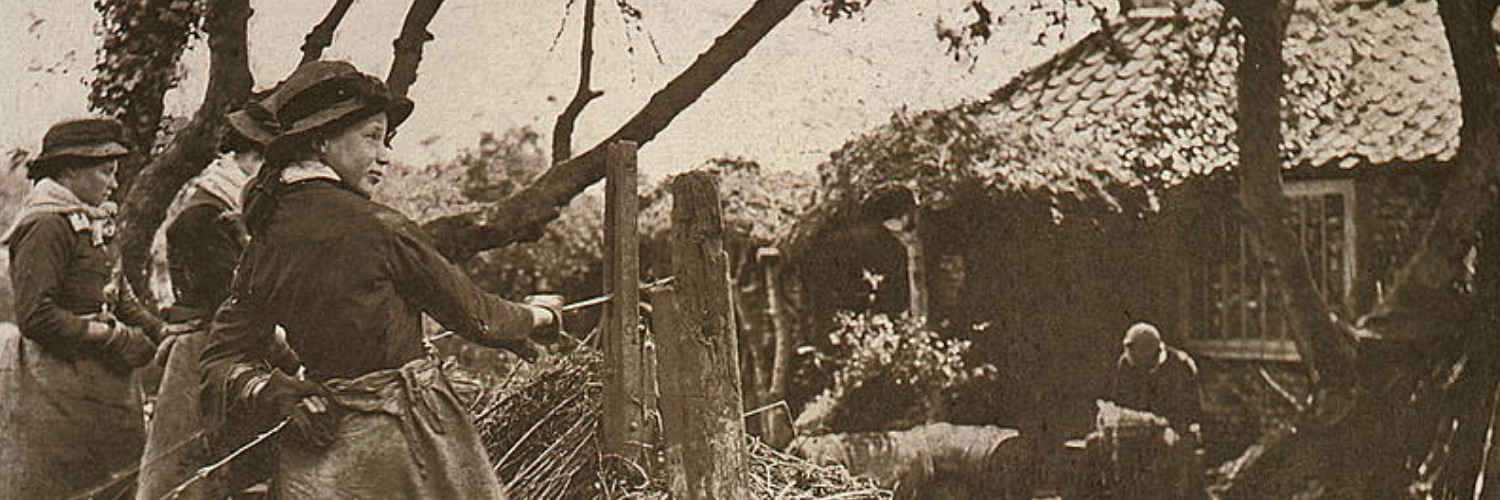This electronic edition makes the text available for the first time in over 200 years from the single known copy in the world. As an electronic edition in Romantic Circles, the poem is machine-readable, enabling access not only to those without physical access, but also to those with sight disabilities in the spirit of its twentieth-century collector, Marguerite Hicks.
I have replaced the long s with its more familiar counterpart but have retained Morgan’s idiosyncratic orthography.
To differentiate between Morgan’s original footnotes and those I have added for context or clarity, I have prefaced each with Author’s note or Editor’s note, as appropriate.
About the Editor
Emily D. Spunaugle is Assistant Professor, Humanities and Rare Books Librarian at Oakland University. Her research interests include library history, book history, and women's writings of the long 18th century. With Dr. Megan Peiser, she codirects the Marguerite Hicks Project, which seeks to develop the provenance of the Marguerite Hicks Collection of British Women's Writings from the 17th-19th centuries. Her work appears or is forthcoming in ABO, Libraries: Culture, History, and Society and Papers of the Bibliographical Society of America.
Acknowledgments
Research for this edition was made possible by grants from the Oakland University Research Office and the Wayne State University Department of English. Many thanks go to Jaime Goodrich of Wayne State University for guidance and Adrian Charlton of the Norfolk Basket Company for osier insight.
About the Design and Markup
This edition was TEI-encoded by T. J. McLemore, technical editor of Romantic Circles. The banner image for this volume is a detail from an 1855/1856 photograph of women peeling willow osiers by the British photographer Peter Henry Emerson. The photo is contained in his photo book Photos of East Anglian Life and is reprinted here via Creative Commons license (CCO 1.0) courtesy of the Rijksmuseum.
Laura Mandell and Dave Rettenmaier developed the modified versions of the transforms provided by the TEI that were used to convert the TEI files into HTML. TEI renders text archival quality for better preservation and future access.

